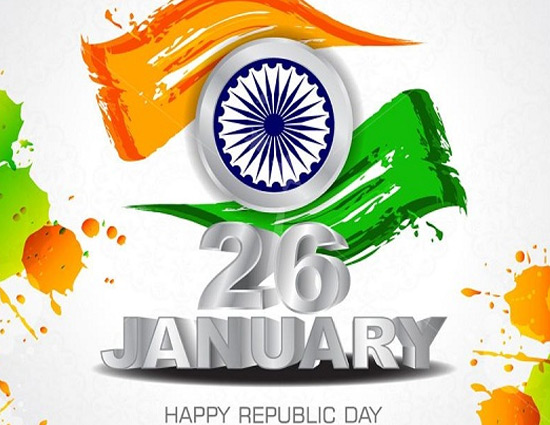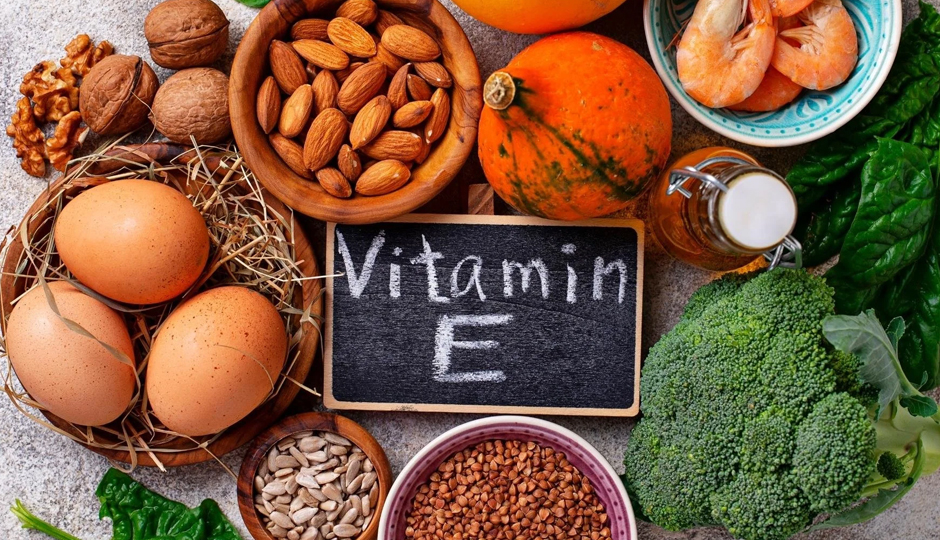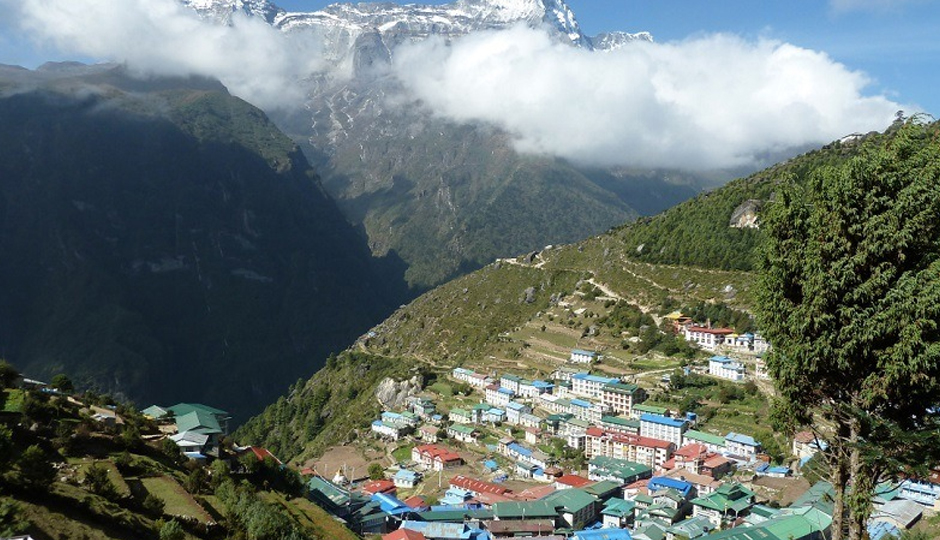Republic Day 2018- Changes India Have Been Through After Being Republic
By: Sandeep Gupta Thu, 25 Jan 2018 12:45:06

The underpinning of independence laid before 156 years in the year, which is depicted as the 1st war of Independence got victory after 100 long years of effort and on August 15 when a new democratic country which has taken over the interest of the world with its principles of non - violence peace. India acquired Independence but did not yet have an enduring constitution; instead, its regulations were based on the customized colonial <strong>Indian Government Act 1935.
August 28th 1947, the Drafting Committee was chosen to draft permanent constitution, with chairmen Bhimrao Ramji Ambedkar. A draft of constitution was prepared by committee and was submitted to the Assembly on November 4, 1947. The committee was lastly drafted with 395 Articles & 8 Schedules and was approved by the Constituent Assembly on November 26, 1949. After many discussions and modifications, 308 members of Assembly signed 2 handwritten copies of the document on January 24, 1950. On this day, <strong>Dr. Rajendra Prasad was designated as the 1st President of India.
After 2 days that is, on January 26th, 1950, Indian Constitution came into consequence, a date celebrated yearly as Republic Day in India. On January 26th, 1950 India turned out to be a democratic republic with a Prime Minister, President and council of ministers.
Development of India since 1950
* Agriculture
Before attaining independence, India relied profoundly on agriculture. After acquiring Independence, this remained the same, however, even India ranks 2nd worldwide in agricultural output. India has always been the chief grower of cash crops such as tobacco, tea, spices and coffee whereas also being a world leader in exporting fruits. Even though India has developed many innovative and modern means of farming, India’s agricultural sector remains tantamount with poverty.
* Services
The services sector began its rapid development in 1980s. The spur for the shoot in expansion in the services sector came from 2 major areas: a significant stepping up of public investment & also the surfacing of highly educated Indian workforce.
* Industrialization
Before attaining independence, India was a fundamentally agriculture based country. After Independence, the private sector of India began attempts to inflate. It has since gripped the change by clutching costs, refurbishing management, focusing on conniving new products relying on low labor costs technology.
Technology has been one of the major keystones of the industrial development of India. Mining & other energy exploits have also been one of the major areas which have pressed the industrialization since independence. Nuclear power is a very hefty source of India’s electrical consumption. India’s development since independence has altered it into a industrial, democratic country at the vanguard of becoming a giant global power.
India & Future Sustainable Development
* Poverty
Poverty is a daily scene in India but something which must be dealt with or it will depressingly influence the country’s future sustainability. If India is to become a justly developed country it must expand a form of social welfare system, this means that at current poverty levels close to 240 million people would be availing of welfare benefits.





